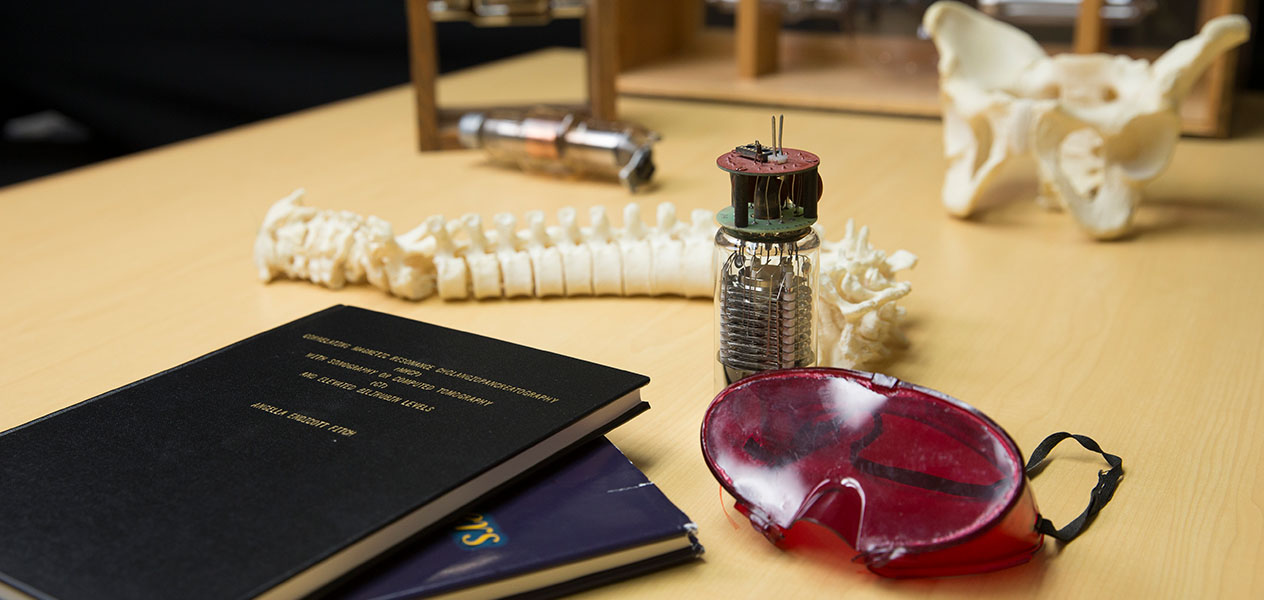Studying Advanced Radiologic Sciences at Weber State
Weber State’s advanced radiologic sciences degree prepares students who enjoy science, technology and helping others for rewarding careers in medical imaging and related fields.
Advanced Radiologic Sciences Highlights
As an advanced radiologic sciences major, you can pick among six areas of study that focus on different technologies to fit your career goals. If you’re already certified in a radiologic sciences modality, you can receive experiential credit toward your bachelor’s degree once you meet Weber State's requirement of 30 residency credits.
More than 80% of students who earn their Associate of Applied Science in Radiography go on to earn a bachelor’s degree in radiologic sciences.
Beyond the Classroom
Weber State’s advanced radiologic sciences program offers practical experience through 24 hours of clinical education per week at a local healthcare facility.
You can also study abroad in China to learn about the country’s healthcare system and visit sites like the Great Wall, Forbidden City and Tiananmen Square.
